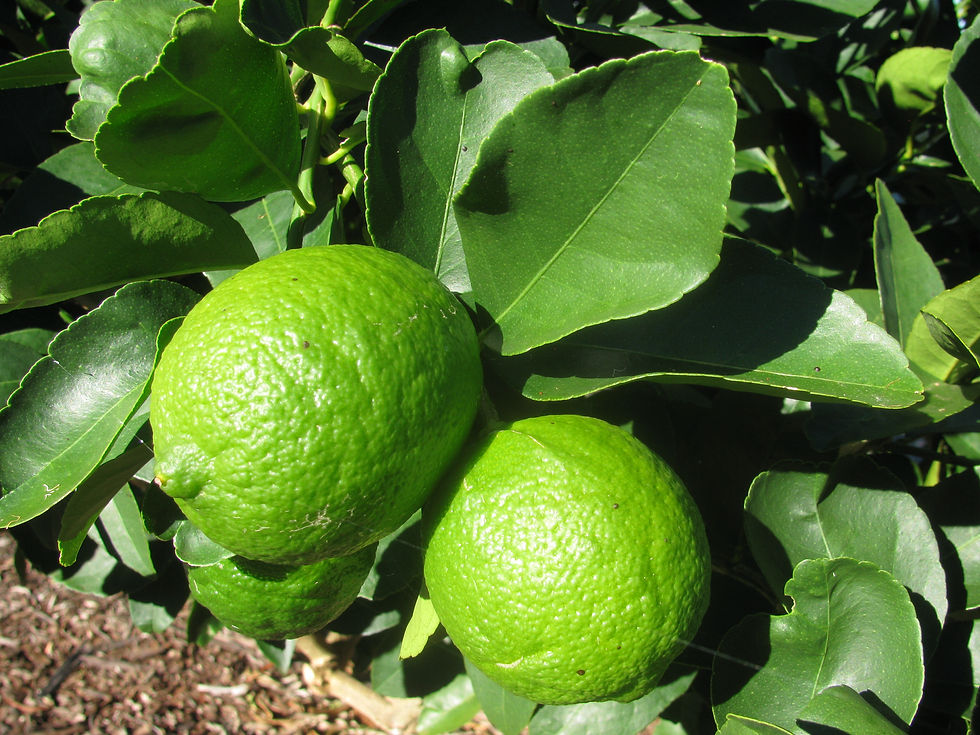De Zacateca Hasta El Norte
- theresadonovanbrown

- 4 days ago
- 4 min read
Updated: 3 days ago

Sometimes stories find us.
Recently, a tree expert came to our house at my request to assess an overgrown cedar tree among our “heritage” oaks. Miguel, probably on the upper end of middle age, has a smooth olive countenance, friendly eyes, and an upright, solid stature.
I told him that in recent years we hadn’t seen as many oak leaf caterpillars as in the past. Miguel replied that because we have so many microclimates in our vicinity, the caterpillars had disappeared from our immediate area and moved into a nearby town as a major infestation. He noted that until three years ago, our region had been enduring a 10-year drought. But then big rain started revisiting us and that shifted the ecosystem slightly and the caterpillar habitat along with it.
“Trees are living things, you know, and while they don’t have intelligence like us, they actually know a lot about what’s happening with the climate. If you believe in that sort of thing,” he said.
He recalled how his great grandfather could predict not only the weather but the outlook for an entire agricultural cycle by reading the behavior of trees – the textures of leaves and bark, the quality of their seeds and fruit. Miguel said that as a boy, he was fascinated by the dust devils that spun through their land and dropped leaves and seeds from trees that grew nowhere near their isolated homestead. He would study these – “we didn’t have any screens, none of that” – and imagine faraway places where foreign trees grew. Something in this memory of boyhood must have flipped a switch, and I was in the presence of a master storyteller.
Miguel came from a family of cattle ranchers in the Mexican state of Zacateca. His great-great-grandfather and his great-grandfather had run as many as 20,000 head. By the time Miguel was born, the family landholdings had been reduced to a small, round canyon at the base of three waterfalls. The creek that ran from the waterfalls flowed through their property. He showed me a video interview of a distant cousin who now owns the property and grows limones. It looks paradisical, with a cataract in the background cascading down a towering cliff into pools that ripple toward an irrigated orchard. The green of the limon trees against the arid blue of the sky and the orange rock walls of the canyon shocks the eyeballs.
In the video, the farmer takes a small, shiny knife and deftly slices off the top of a hefty emerald-green fruit, baseball-size but oval. He scrapes the flesh away from a thin peel and neatly removes about half the fruit from the intact casing, now a cup with a thick layer of juicy lime glistening at the bottom. He sprinkles a large pinch of rock salt over this remaining flesh, adds a dusting of tajin and then pours into the cup mescal the color of deep snow. It is mescal, Miguel emphasizes, not tequila, according to the appellation of Zacateca. It looks like the most refreshing cocktail in the world.
“What an incredibly beautiful place,” I said.
“Imagine how I feel,” he said. “This is where I grew up.” His tone was not bitter, but it bore the tang of loss.
The curated clip distorted the reality of Miguel’s memories, the way a teleidoscope fractures the view into fleeting fragments. He went on to describe how the idyllic creek would flood in monsoon season, tipping all manner of detritus down the waterfall from the town upriver. One time, a freshly drowned cow bumped on the creek bank. Miguel (I think he said he was about ten at the time) and his mother managed to haul the carcass out of the water. She skinned it to sell the hide and butchered the still fresh meat, which she salted and dried, as they had no refrigeration.
“Your mother worked really hard,” I said.
His eyes clouded. He agreed. His father had not been much present. Like his antecedents, the father left the farm in the round box canyon for long stretches to go into the city to gamble. That was how the herd dwindled.
Even so, despite its diminished size, the farm had always functioned as a bulwark for Miguel and his family. Until the cartels extended their extortion practices to the surrounding countryside.
Then one day…. Miguel’s 15-year-old cousin was chosen to be queen of the annual auction, a festive gathering of all the farms and ranches in the region, their version of a charreada, maybe. Two of Miguel’s cousins, boys like him, escorted the girl to the host ranch to prepare for the festivities. On the way, a rogue with several guns accosted the kids and took the girl. (Miguel took pains to emphasize just how ugly was this bad guy.) He carried her off to his hideout cave. He did not violate her (Miguel's phrase), and she, being clever, told him she would marry him, but she must be married properly in a white dress. (Miguel took a tangent to discuss how the white wedding dress today has lost some of its traditional significance.) The bandit agreed to take her home to prepare for a wedding the next day. When he returned, the girl’s family had abandoned their ranch and headed north, with something like thirteen children.
I marveled at what an excruciating, difficult journey that must have been.
“It wasn’t so bad back in 1975. You take the bus and walk across the border.”
And leave behind paradise, with all its whirlwinds, and flooded creeks, killer cartels, and dead cows.
We haven’t cut down that overgrown cedar. Miguel said it was a very healthy tree.




















Comments